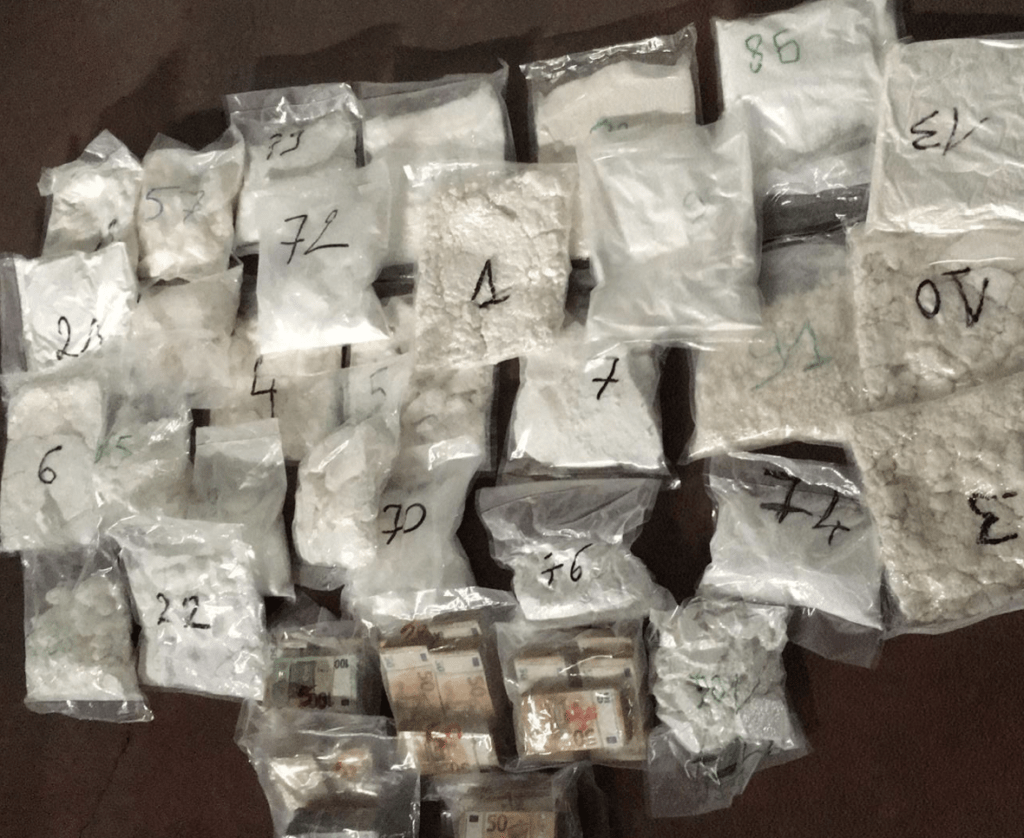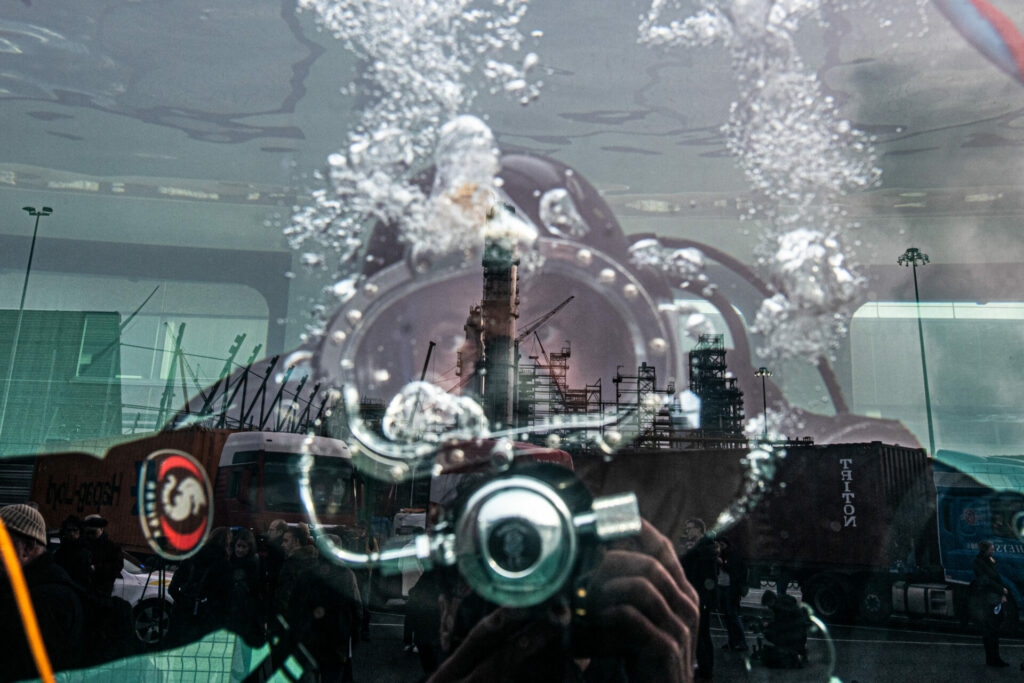The global supply of cocaine has expanded dramatically, which is being matched by a similar increase in demand, particularly in Europe, a UN report has stated, while also confirming that Belgium is increasingly finding itself at the heart of this criminal landscape.
After an initial slowdown during the pandemic, the cultivation of the plant coca soared by 35% from 2020 to 2021, a record high and the sharpest year-to-year increase since 2016, the United Nations Office on Drugs and Crime (UNODC) stated in a recent report, confirming that cocaine trafficking is diversifying through new hubs and groups.
“The surge in the global cocaine supply should put all of us on high alert,” UNODC Executive Director Ghada Waly said.
In 2021, there were more than 300,000 hectares of plantations in Colombia, Peru and Bolivia, the three countries where the fields are concentrated. The expansion in coca bush cultivation as well as improvements in the process of converting coca bush to the drug cocaine are behind the rise in production.
Reflected in demand and seizures
The rise in production has gone hand in hand with a "continuous increase" in the demand for white powder over the past decade, especially among the wealthy populations of the Americas and parts of Europe.
Cocaine usage and demand has also increased in Belgium. In recent years, the country has increasingly become the epicentre of the cocaine market, with the Port of Antwerp eclipsing traditional entry points in Spain and Portugal for cocaine arriving in Western Europe. Cocaine traffickers are increasingly diversifying the hubs where they operate.
A sharp increase in the number of people entering withdrawal treatment in Belgium for the use of crack cocaine — a highly addictive and smokable derivative of cocaine dubbed the "poor man's drug"— was also highlighted in the report, in line with warnings from an organisation offering help for drug addicts in Belgium.

Cocaine bust. Credit: Brussels Federal Judicial Police
A rising number of clandestine laboratories where cocaine was being processed have also been dismantled in the country, while there has been an increase in drug-related violence. Shootings, bomb attacks and kidnappings, especially in the most eastern part of the country, near the border with the Netherlands, where many drug trafficking organisations and networks are based.
Finally, Belgium's shift to the epicentre of the drug market is also reflected in the large amount of cocaine intercepted by Belgian customs. Last year, the authorities seized just under 110 tonnes of cocaine in the Port of Antwerp alone, up from "just" 89.5 tonnes in 2021. This marked a new record, and the first time the 100-tonne mark had been passed.
Decentralised networks
The groups involved in the drug trade have also diversified in recent years across the world, the report noted. For a fee, specialised groups lend their services to all stages of the supply chain, from collecting the cocaine from the port to providing local transportation, and protecting the shipments.
Related News
- Blazing Belgium: Cannabis named most popular drug
- Belgium looks to Italy in fight against organised crime
"The move to decentralised networks of criminal groups has given rise to a system of 'service providers' who manage parts of the supply chain without ever owning the drug," the UNODC stated. "These groups range from motorcycle gangs in Belgium to well-connected organised crime groups in Guatemala."
“With its latest knowledge and trends on the routes, modalities, and networks employed by criminal actors, it is my hope that the report will support evidence-based strategies which stay ahead of future developments in cocaine production, trafficking, and use," Angela Me, chief of the Research and Analysis Branch at UNODC, concluded.

